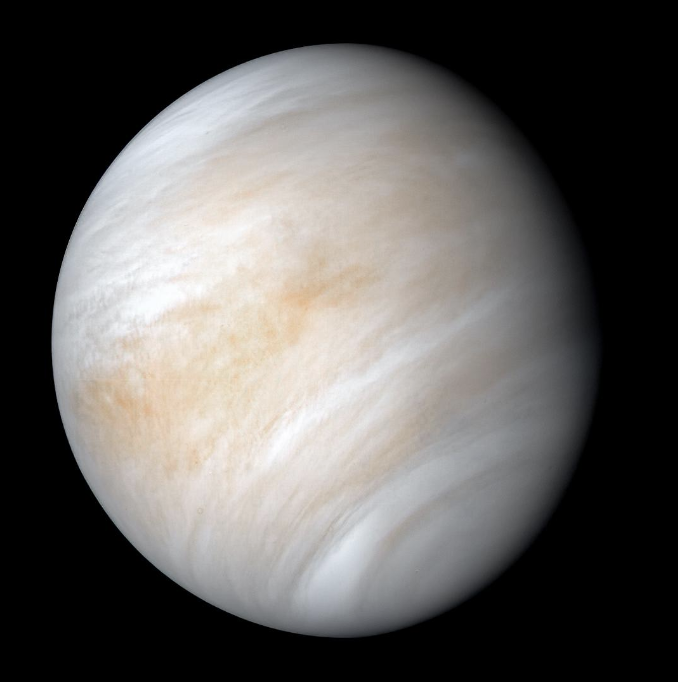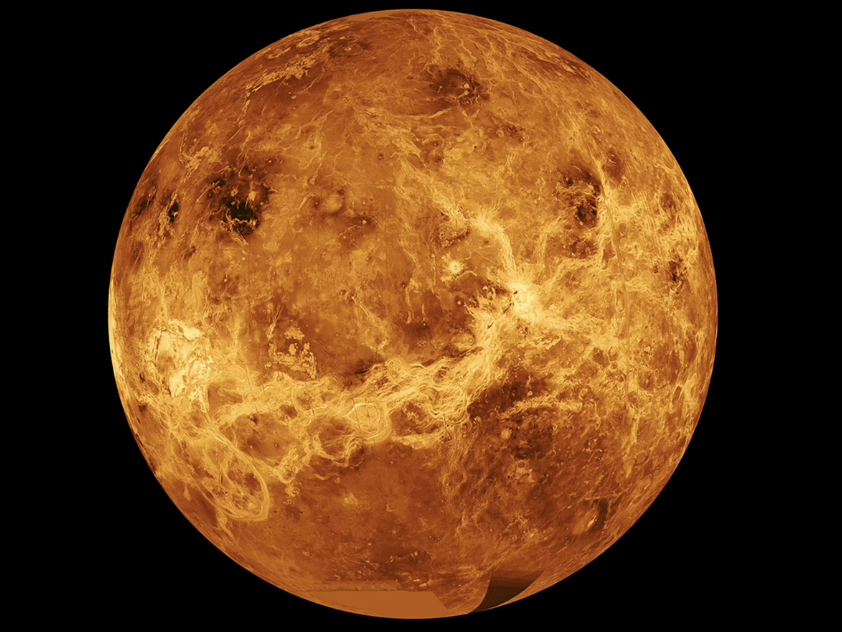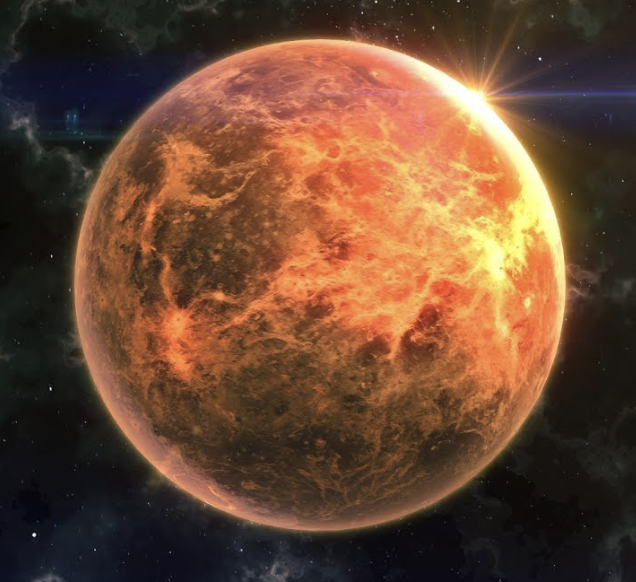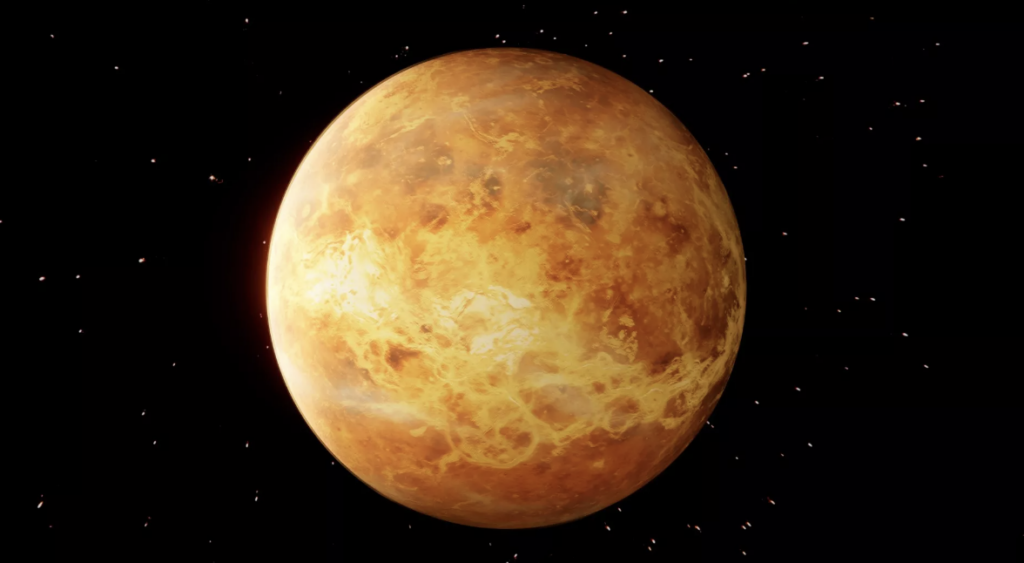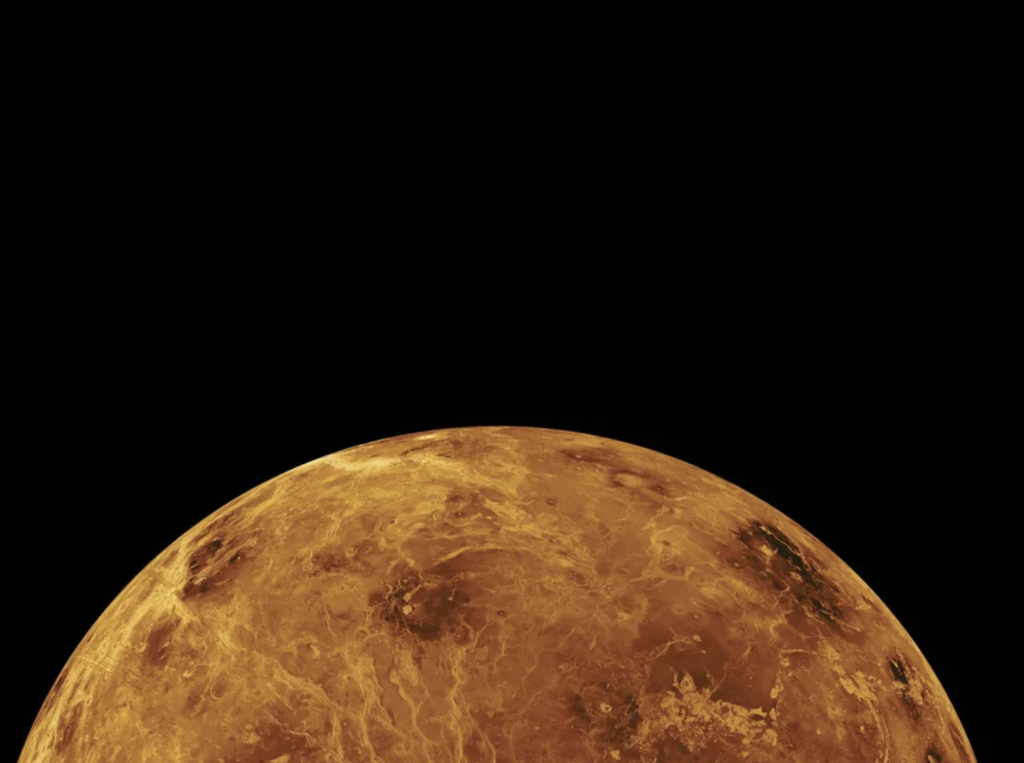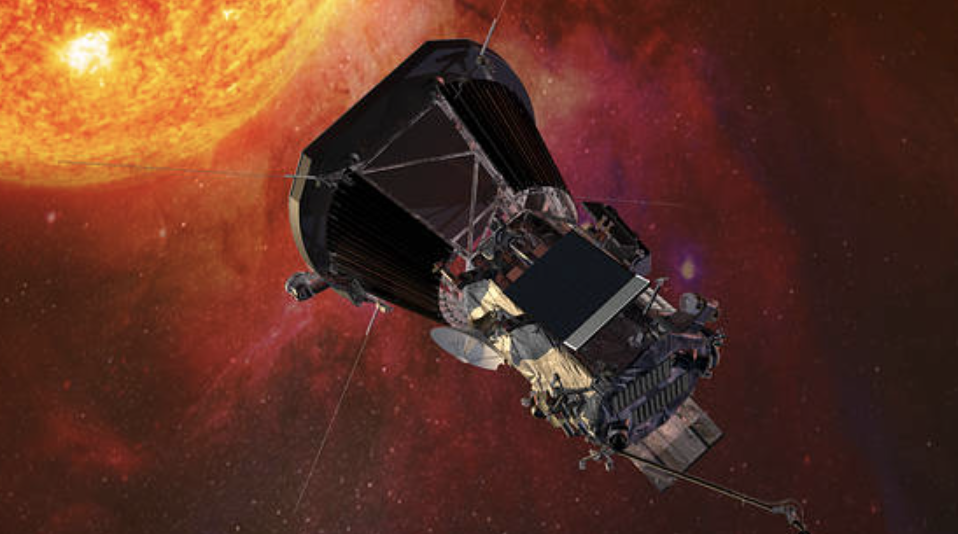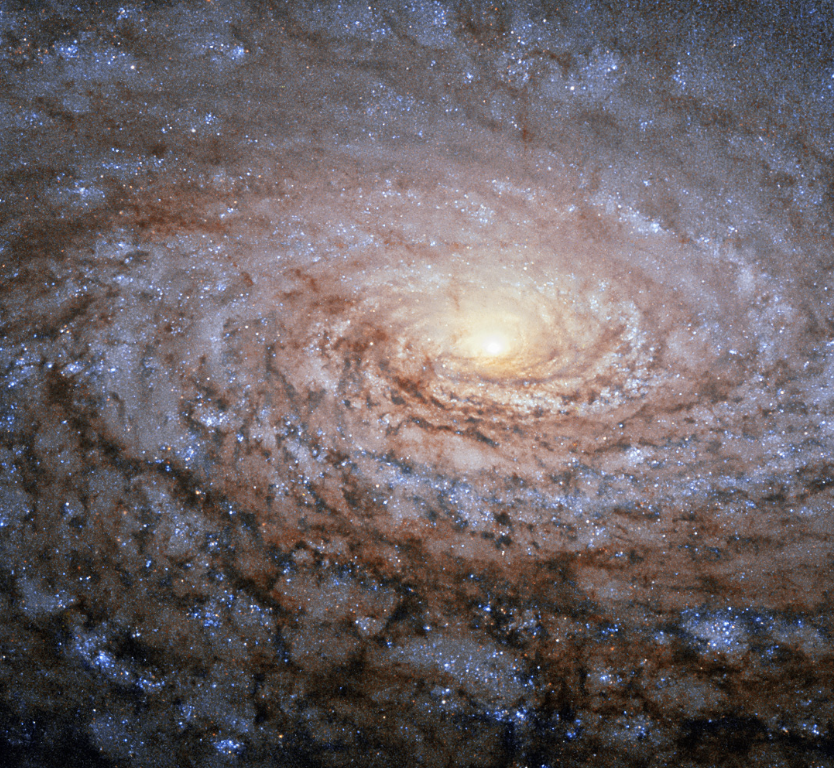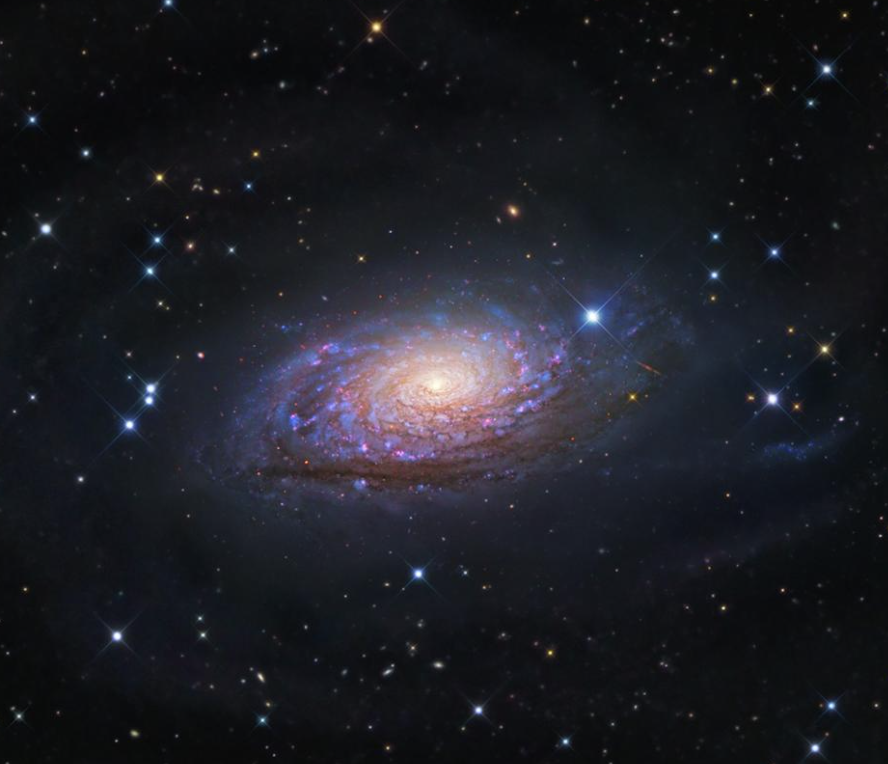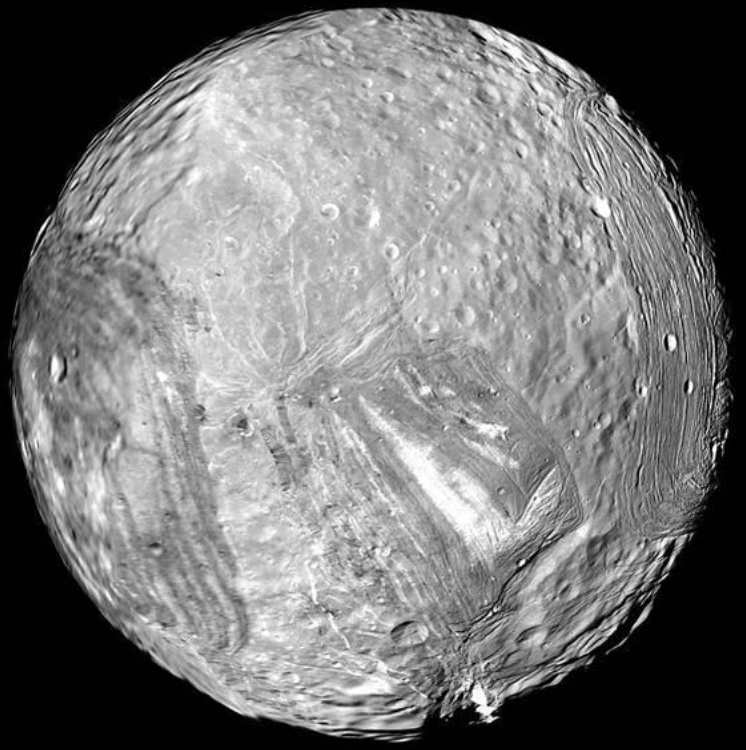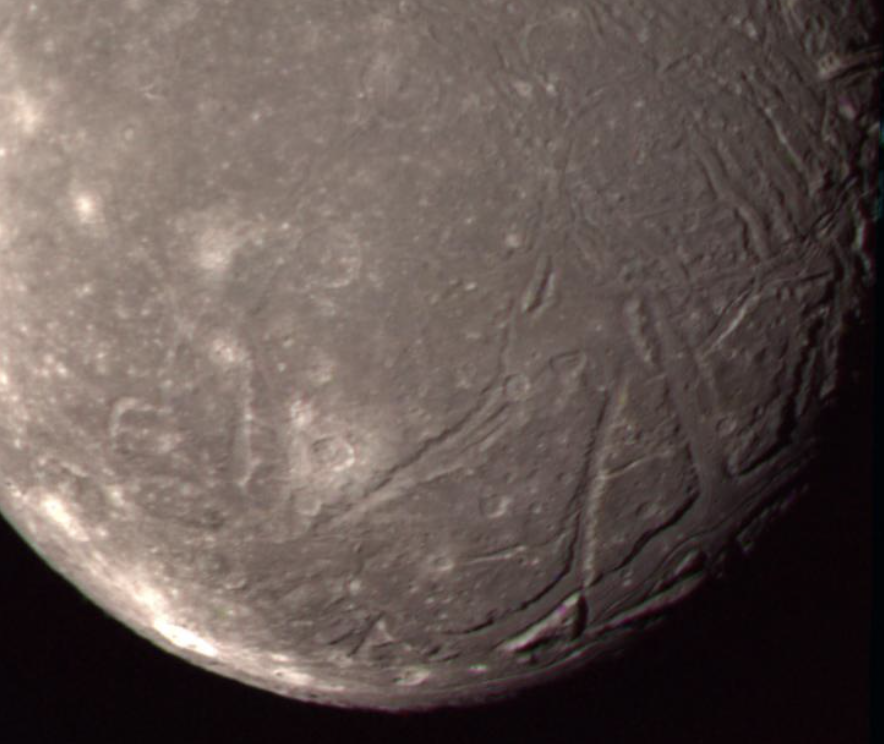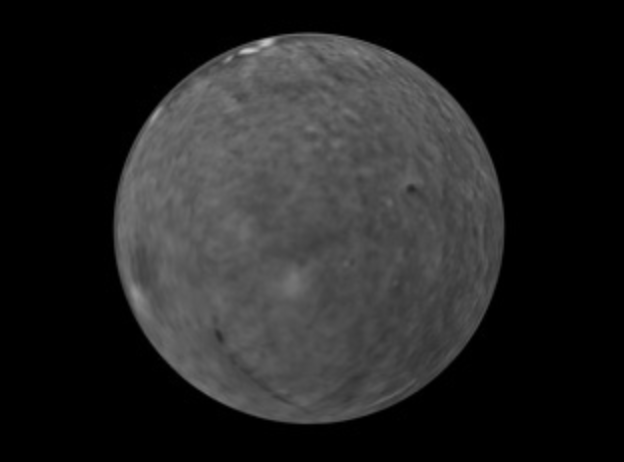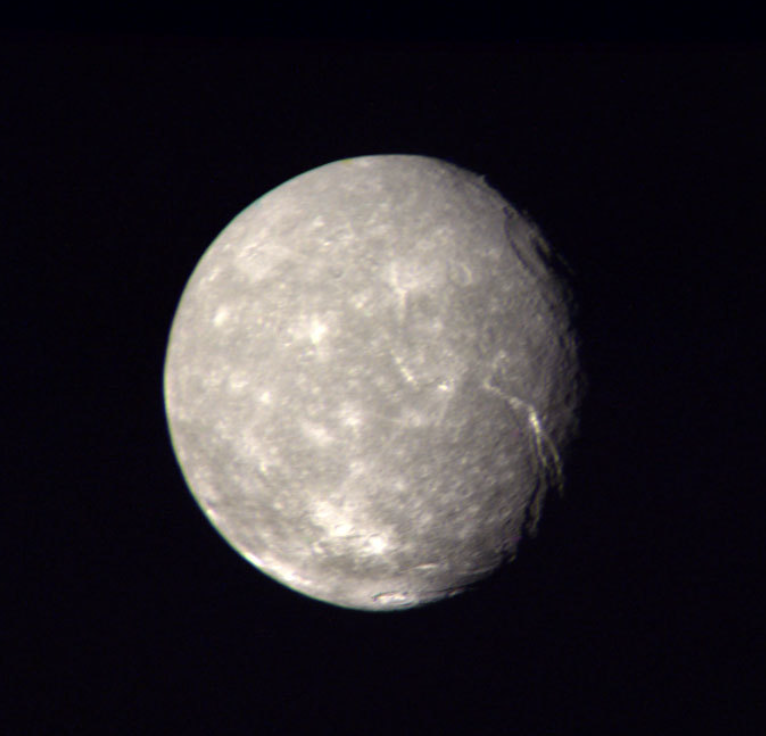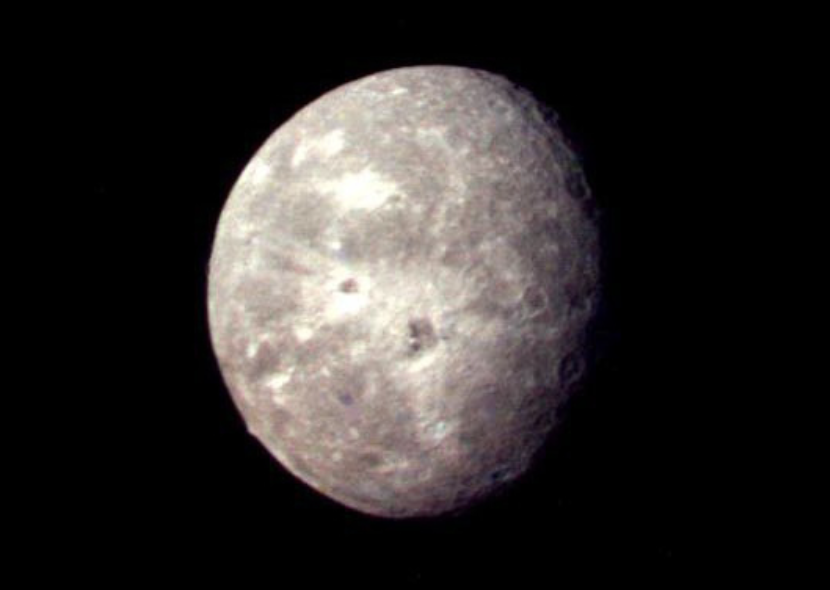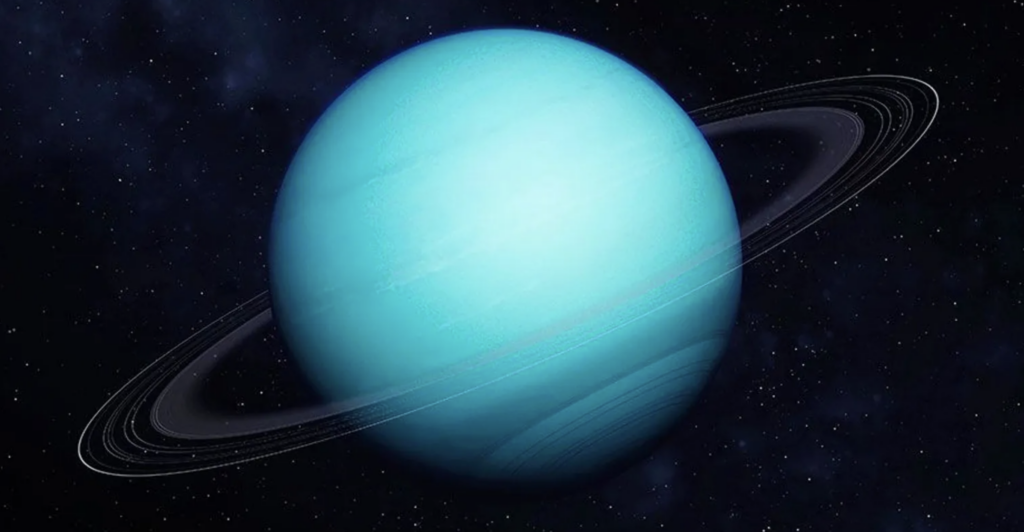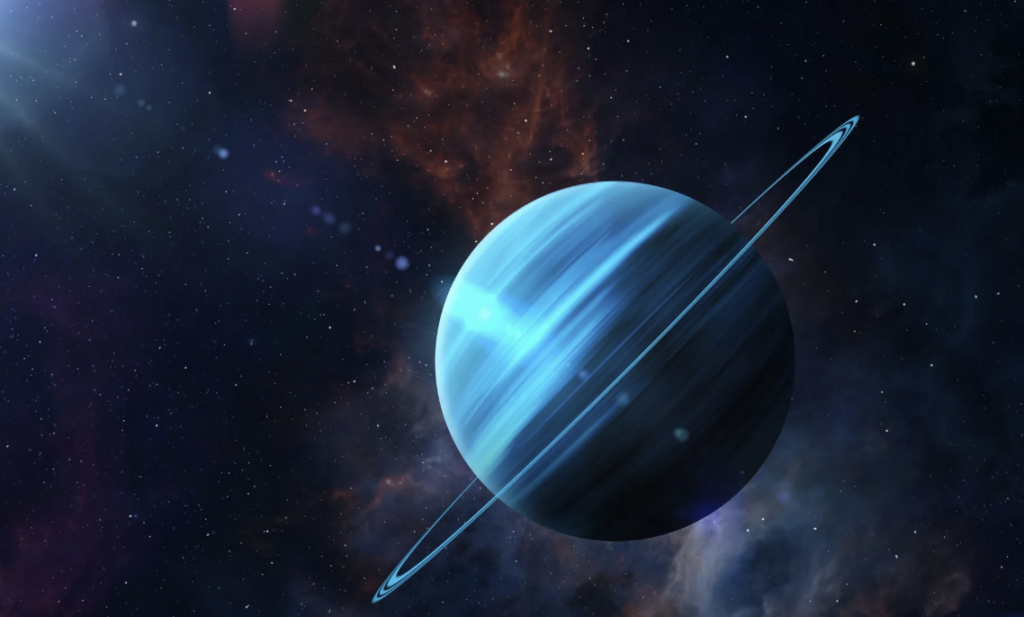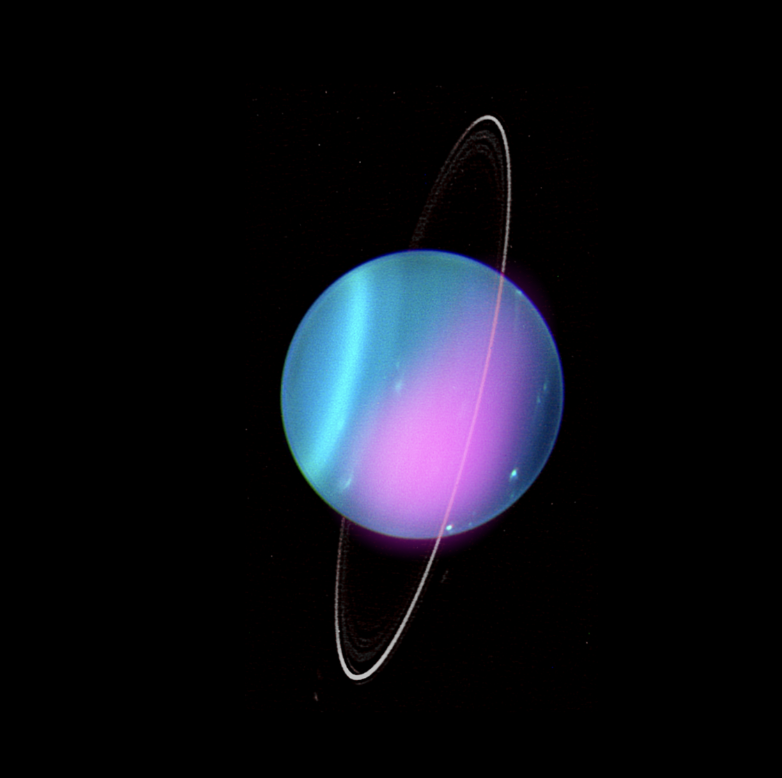The Life Cycle of a Star: A Stellar Journey Unveiled
In the vast expanse of the universe, stars are born, shine brightly, and eventually meet their demise in a spectacular display of cosmic forces. These celestial objects, composed of hot gases and undergoing immense gravitational forces, follow a fascinating life cycle that spans millions to billions of years. In this article, we embark on a journey through the life cycle of a star, exploring the processes that shape their existence and shape the cosmos around us.
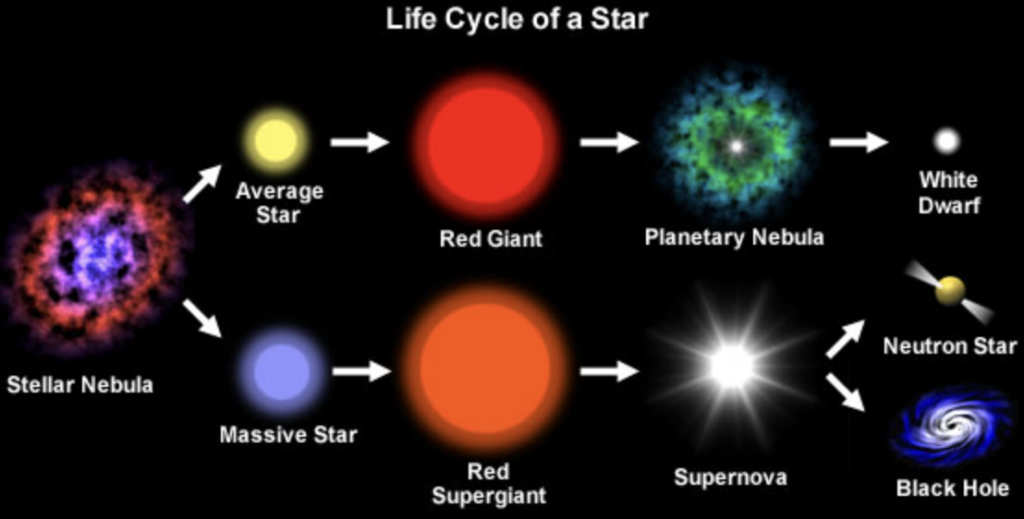
The Life Cycle of a Star
- Stellar Nurseries: Birth of a Star
Stars are born within vast regions of space known as stellar nurseries or nebulae. These nurseries consist of gas and dust, primarily hydrogen and helium, which serve as the raw materials for star formation. Gravitational forces within these dense regions cause the gas and dust to contract and come together, forming a protostar—a precursor to a star. As the protostar continues to collapse under its own gravity, it heats up, initiating the next phase in its life cycle.
- Main Sequence: The Star’s Prime
Once the protostar reaches a critical temperature and pressure at its core, nuclear fusion ignites. The immense heat and pressure cause hydrogen atoms to fuse, converting them into helium. This process releases an enormous amount of energy in the form of light and heat. The star then enters the main sequence phase, characterized by a delicate balance between the inward pull of gravity and the outward pressure generated by the fusion reactions. Stars spend the majority of their lives in this stable phase, shining brightly and radiating energy into space.
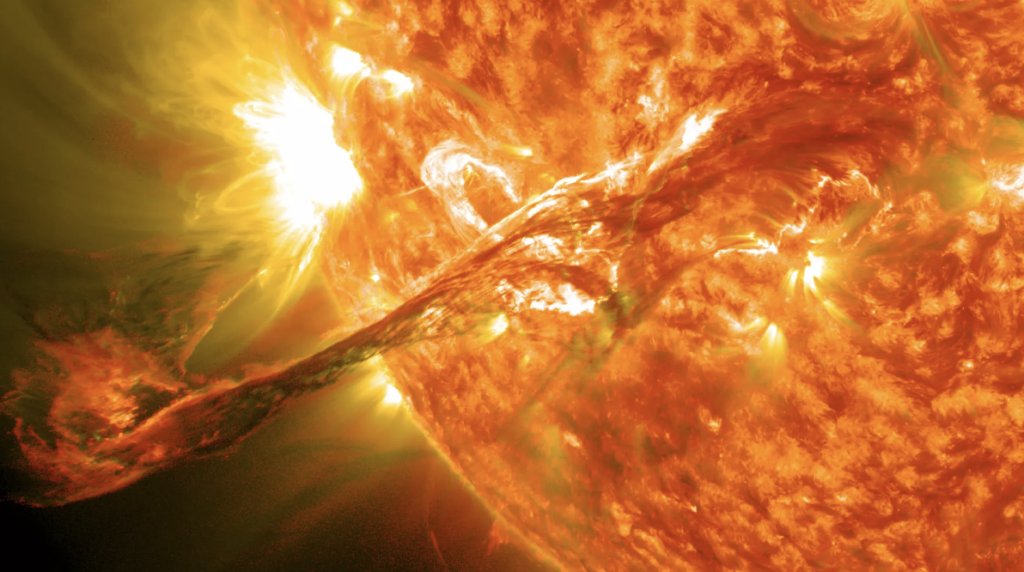
- Evolutionary Paths: Different Stars, Different Fates
The subsequent evolution of a star depends on its initial mass. Low to medium-mass stars, like our Sun, eventually exhaust their hydrogen fuel. As the hydrogen in the core depletes, the balance between gravity and pressure is disturbed, causing the star to expand and become a red giant. In this phase, the outer layers of the star expand and cool, while the core contracts and heats up, burning helium into heavier elements such as carbon and oxygen.
High-mass stars, on the other hand, follow a more dramatic path. These massive stars burn through their hydrogen fuel at an accelerated pace, leading to a shorter lifespan. Once their core’s hydrogen is exhausted, they evolve rapidly, expanding into supergiants and eventually exploding in a cataclysmic event known as a supernova. Supernovae release an enormous amount of energy and create heavy elements that enrich the universe.
- Stellar Remnants: From Neutron Stars to Black Holes
After a supernova explosion, the fate of a star depends on its mass. In some cases, the core of a massive star collapses under its own gravity, forming a dense object called a neutron star. Neutron stars are incredibly dense, containing the mass of a few Suns packed into a sphere only about 20 kilometers (12 miles) in diameter. They possess intense magnetic fields and may emit beams of radiation, appearing as pulsars when observed from Earth.
In the most extreme cases, when the core’s collapse is so intense that nothing can withstand its gravitational pull, a black hole is born. Black holes are regions in space where gravity is so strong that nothing, not even light, can escape their gravitational grasp. They remain enigmatic objects, revealing themselves indirectly through their effects on surrounding matter and space-time.
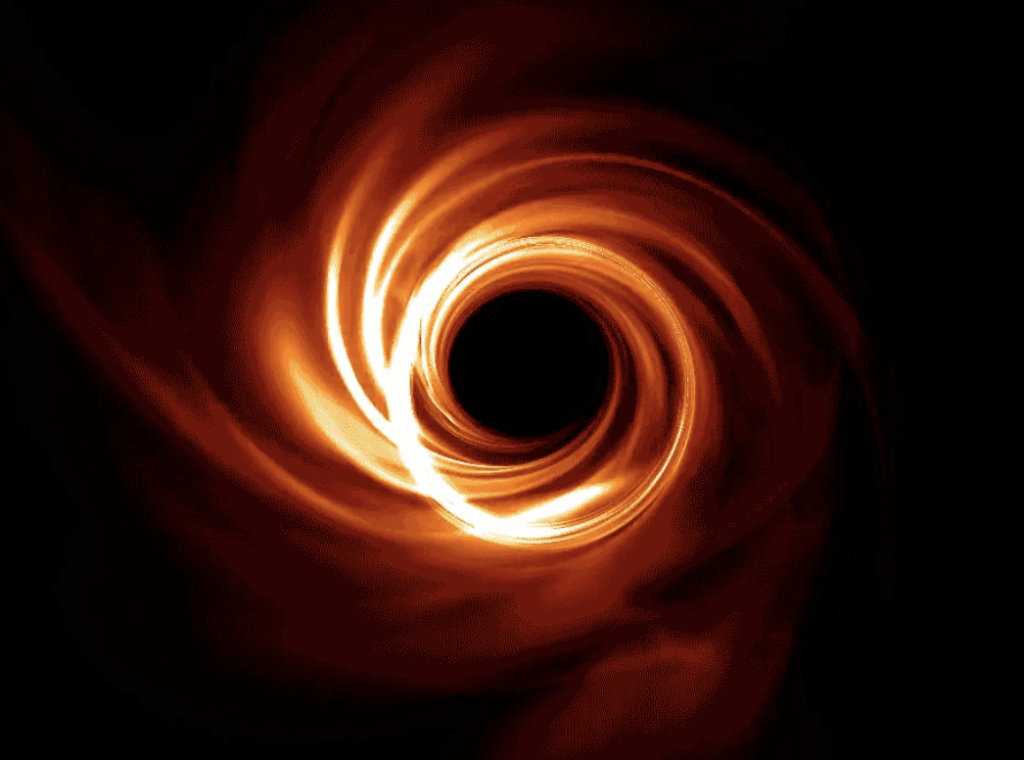
- Stellar Recycling and Galactic Enrichment
As stars evolve and meet their respective fates, they contribute to the enrichment of the cosmos. Supernovae scatter heavy elements into space, enriching the interstellar medium with elements necessary for the formation of new stars, planets, and even life itself. These recycled materials become part of new stellar nurseries, initiating the cycle of star formation anew. The life and death of stars play a fundamental role in shaping the galaxies we observe today.
Conclusion
The life cycle of a star is a mesmerizing journey that spans billions of years, from stellar nurseries to the dramatic deaths of massive stars. Through nuclear fusion, stars illuminate the universe, shaping galaxies and providing the elements essential for the emergence of life. Understanding the life cycles of stars not only expands our knowledge of the cosmos but also highlights the intricate interconnectedness of the universe. As we continue to explore and unravel the mysteries of the stellar world, we gain valuable insights into our own existence and the vastness of the cosmic tapestry in which we reside.

